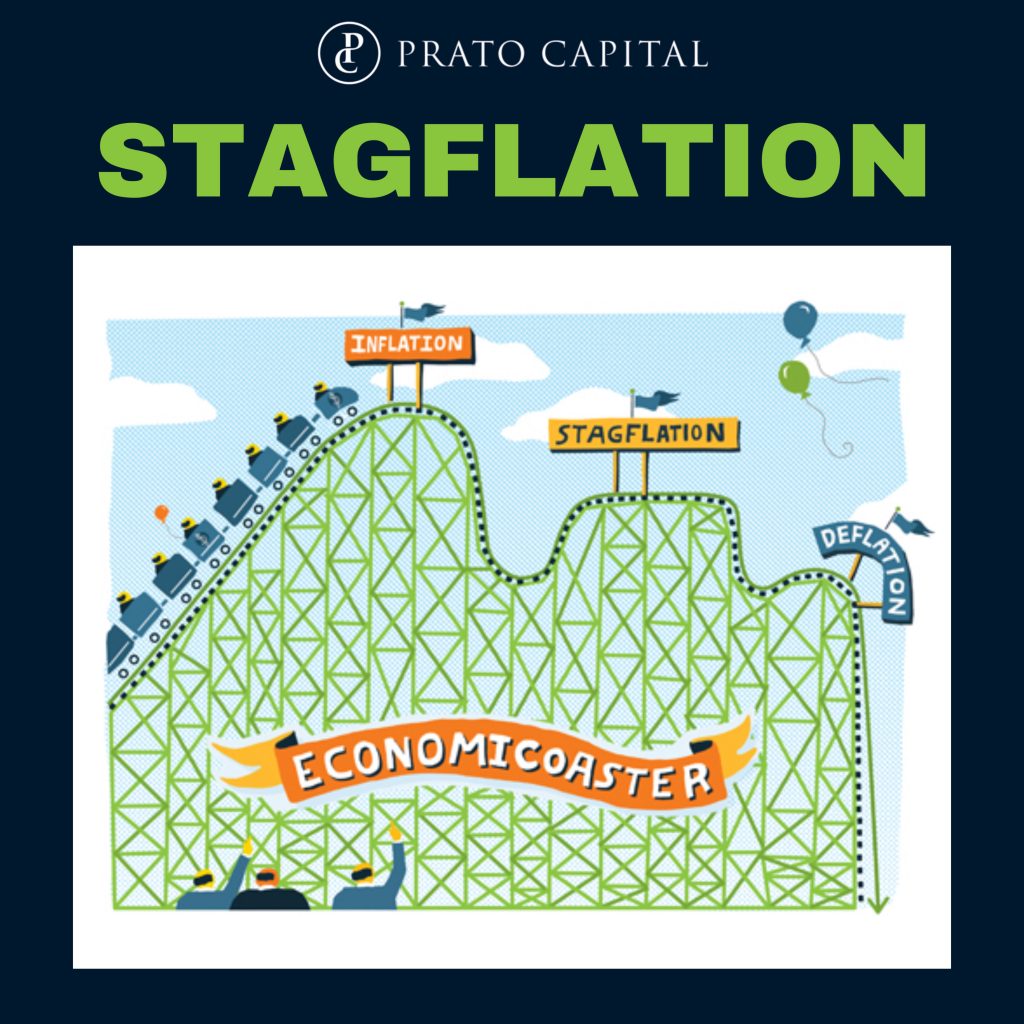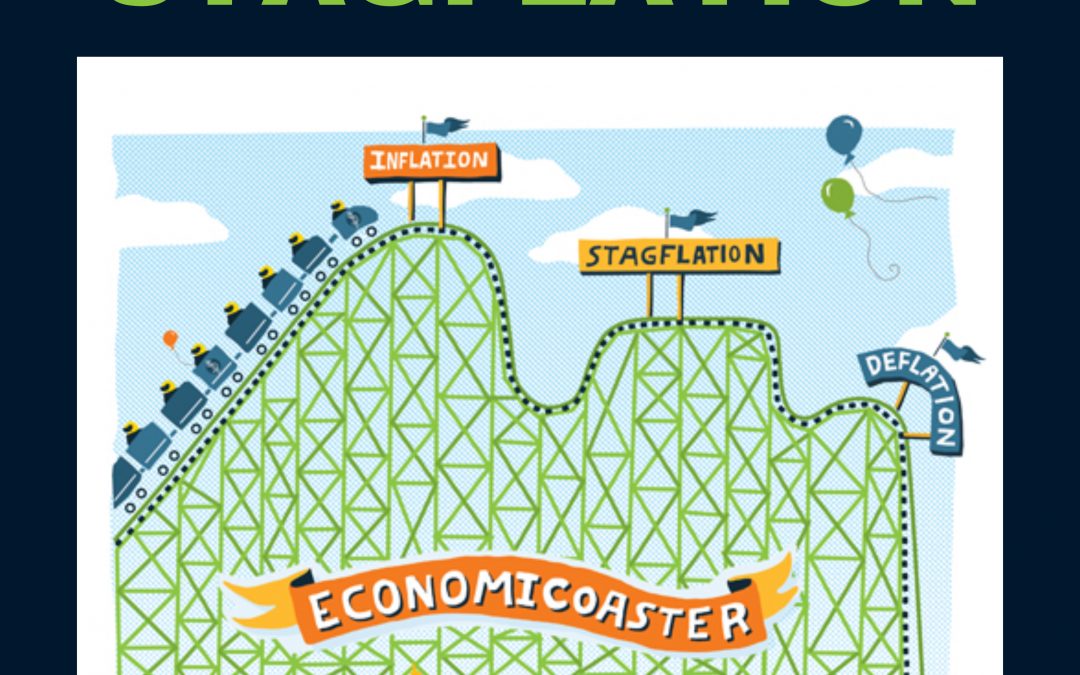
For the past few months pundits, news commentators and many analysts have discussed the possibility of stagflation in the US economy. It is generally discussed in the media as an economic term meant to create a sense of fear about our economic conditions.
Stagflation is characterized by slow or stagnant economic growth with high unemployment rates and rising prices or inflation. The main concern about periods of significant stagflation is that central banks like the Federal Reserve cannot treat it like an ordinary recession. Normally interest rates are raised in high inflationary periods but that would slow an already stagnant economy even more.
The US economy of the 1970s is normally thought of a ‘stagflation’ period due to inflation rates as high as 12%, unemployment rates near 8%, and slow economic growth. This is the period everyone recalls when stagflation is mentioned. But it is important to point out that almost every US recession is accompanied by some inflation and higher unemployment.
Is stagnation likely in the near term?
The best way to look at the chances of significant stagflation in the US economy is to look at the factors of economic growth, unemployment, and inflation.
• Economic growth is forecast in the US to be close to 5.6% in 2021 and near 4% in 2022. This is higher than the growth of 2-3% we have seen regularly in the US economy over the past 20 years (except for the 2008-2009 recession).
• Unemployment rates are presently at 4.8% down from 14.8% in April 2020 and 6.3% in January 2021 and seem to be slowly decreasing every month.
• The latest inflation rate of 5.4% is higher than everyone wants to see but it is not near the double-digit rates of the 1970s.
Although higher rates of inflation have persisted longer than anyone would like to see and the unemployment rates are decreasing at a slower rate, the economy is still growing at a faster than normal pace. Right now, it doesn’t appear the US economy is heading toward a 1970s period of stagflation of double-digit inflation, very slow economic growth, and very high unemployment. Anything is possible but it doesn’t seem likely in the near-term.
What can the investor do?
At Prato Capital, we believe investors should be prepared for periods of inflation and stagflation no matter how likely they are to occur, just like they should be prepared for economic growth and low inflation. Having a valid investment plan with a balanced and diversified portfolio to outpace inflation over the long-term and used as part of a thorough and customized financial plan that considers periods of rising inflation and/or slowing economic growth, these are the best tools for every investor.
We also caution any investor about making portfolio changes due to a forecast, hunch or guess of what the future may be. Many studies have shown that the stock market is impossible to predict and missing just a few days can have a significant impact on overall portfolio returns.


